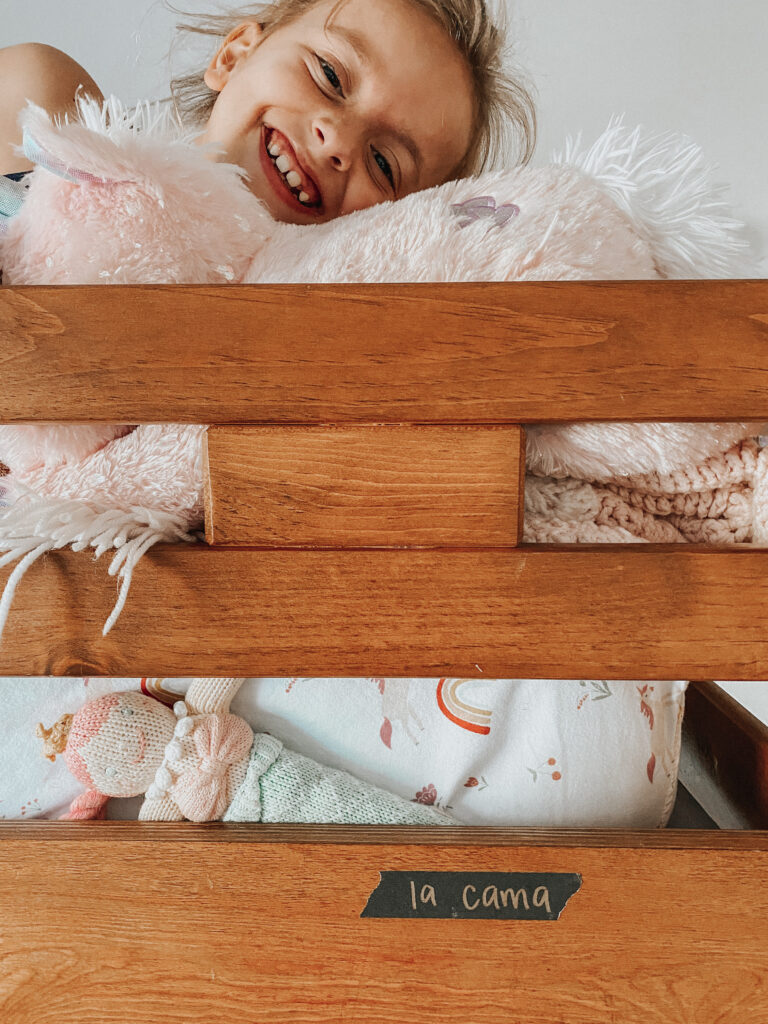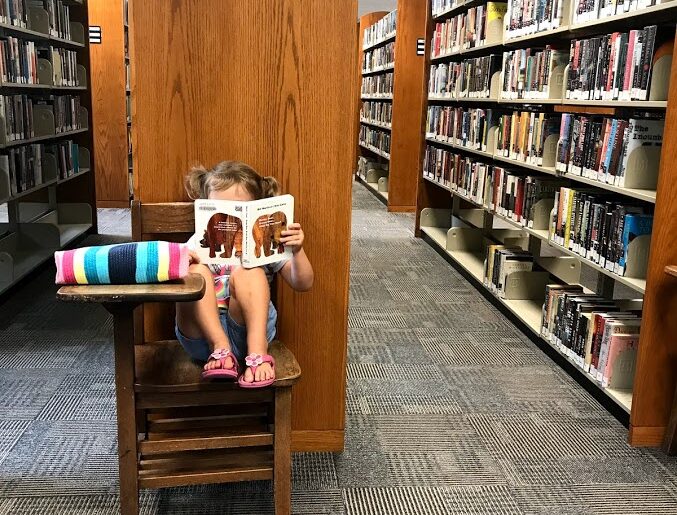I love learning foreign languages. In our family, learning about other languages and cultures is an integral part of our lives. Through our nonprofit, The Lily and The Sparrow, we work with Peruvians who speak Spanish, Haitians who speak French Creole, and Haitians who live in Brazil where the official language is Portuguese. With each group, there is an incredible amount of complexity and layers. Some of the Haitians living in Brazil also speak Spanish. They carry several languages in their hearts. Their Spanish is heavy with a Portuguese accent after so much time living there, but we can understand one another clearly. After all, Portuguese is one of the romance languages derived from Latin, just like Spanish. Many words are the same or at least very similar. I remember the first time I realized that I could read quite a bit in French because I knew both English and Spanish, and the French language is a sister to each. It felt magical and was like a door had been unlocked to me that was previously closed.
“To learn a new language is, therefore, always a sort of spiritual adventure; it is like a journey of discovery in which we find a new world.”
– Ernst Cassirer
I remember the train ride in Germany that we took with a young couple who didn’t speak English. We listened to their words that we couldn’t make sense of, the sounds of their language so foreign to us. Learning another language is so much fun, and it is something that causes you to see the world in a completely different light. Foreign language is a gift that I want to give my children. We’ve taught them Spanish in different ways and with different levels of commitment as the seasons of our life have changed, but it is a commitment that we have always held since our first child was born.
“Bilingualism is an incredible gift to give to a child. It goes beyond just learning another language. It broadens mental development, thought patterns, and world perspective.”
– Bilingual Mom in Oregon to Dear Abby
Teaching foreign language to children at home can feel impossible, but it is something that can be accomplished through consistency. That has been the key for us even in the busiest seasons of life. Anything that you do over and over again just becomes a normal part of family life, and the following are things that have been tried and true for us over the past 7 years of teaching our kids foreign language:
- Pick out a good curriculum that requires the least amount of work from you as a parent. This one was key for us. I tried a few different curriculums that required a lot of prep work from me as a mom, and I ended up putting it off over and over again at the end of a long day at work. When I found one that already had everything prepared and that only required me to follow some simple instructions each day, I started using it consistently. We use and love The Cultured Kid. It is SO easy for the parent, has a short daily activity that you can do with the kids while you are cooking supper or folding clothes, and my kids really enjoy it!
- Surround the kids with the language. We listen to music in Spanish during the day, watch cartoons and movies in Spanish on Netflix, and have different things in our house labeled in Spanish with masking tape. Labeling things around our house with the Spanish word is one of my favorite ways to reinforce language learning in young readers, because they are naturally walking around trying to read everything!
- Invest in a live class. We love PandaTree for this. PandaTree is an online language learning platform where the kids meet with a native Spanish speaker for a live class that lasts 25 minutes. The class is completely in Spanish on the child’s level of language so that the child is able to communicate completely in Spanish as well. They look forward to meeting with the same teacher each week and talking to her. PandaTree also has games and activities within the online platform that reinforce what the kids have learned.
“We acquire language when we understand messages, when we understand what people tell us and when we understand what we read.”
– Stephen Krashen
If you feel like you don’t have the money to invest in language curriculum or classes, but you want your children to learn foreign language, you can go ahead and start number 2, surrounding kids with the language, right now. This one doesn’t cost a thing! Also, I know that when we started paying off debt and wrote down our budget for the first time, I realized that we were wasting money in a lot of areas: grabbing things from the gas station, getting Starbucks, or eating out too much! Maybe you can find somewhere in your budget to cut so that you can invest in language learning resources. This is what we did! Investing in my children’s education is something that I know I will never regret.
The final and most important point is this: Do what you can, no matter how little, and don’t give up. In the case of foreign language acquisition for children, something is better than nothing in every case. If it seems like they aren’t learning as much as you thought they would, or they are not speaking the language like you wanted, remember that they are building vocabulary that can be drawn upon later in life when they take ownership of their learning, they are gaining a broader worldview, and they are learning how to be empathetic to others who are learning a foreign language and living in a foreign country, who also may be their neighbors and classmates. These lessons are invaluable and are something that our children will carry with them for their entire lives.
“To learn a language is to have one more window from which to look at the world.”
– Chinese Proverb
“Do you know what a foreign accent is? It’s a sign of bravery.”
– Amy Chua
“One of the benefits of being bicultural is simply the awareness that how you live is not the only way.”
– Ann Campanella






